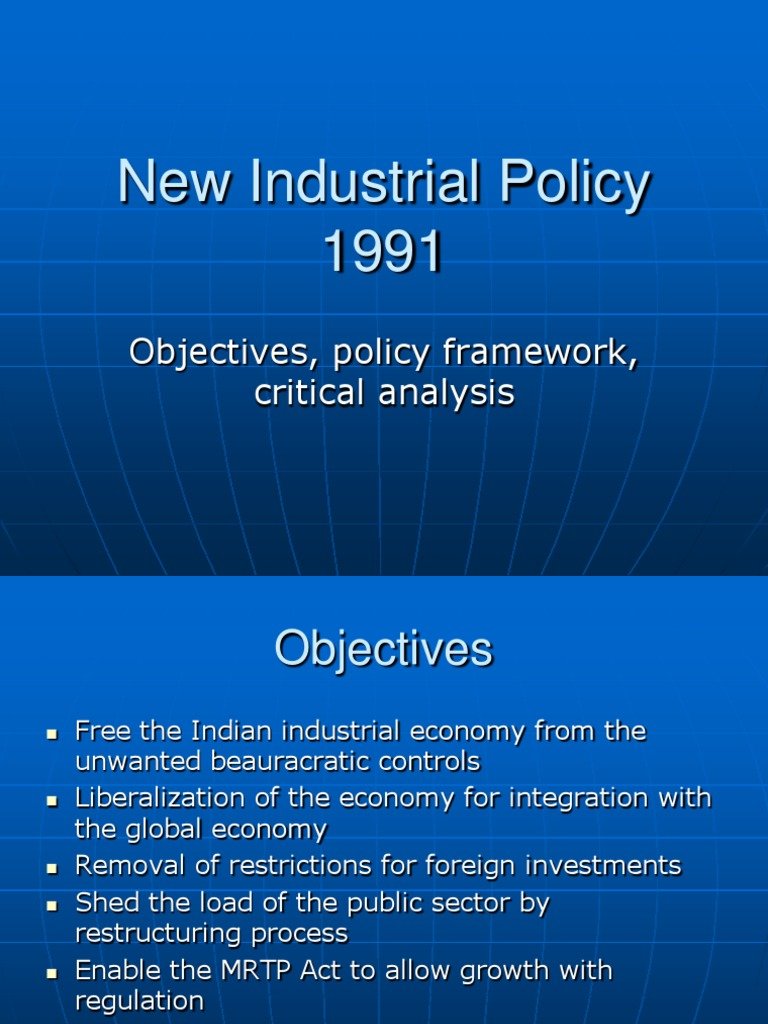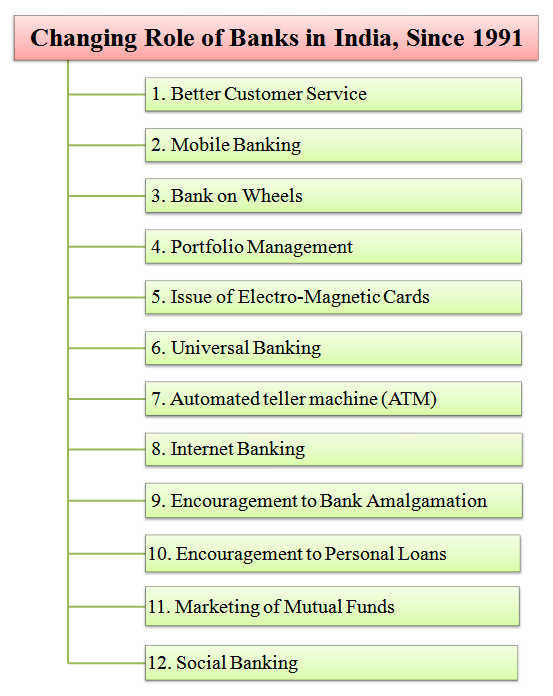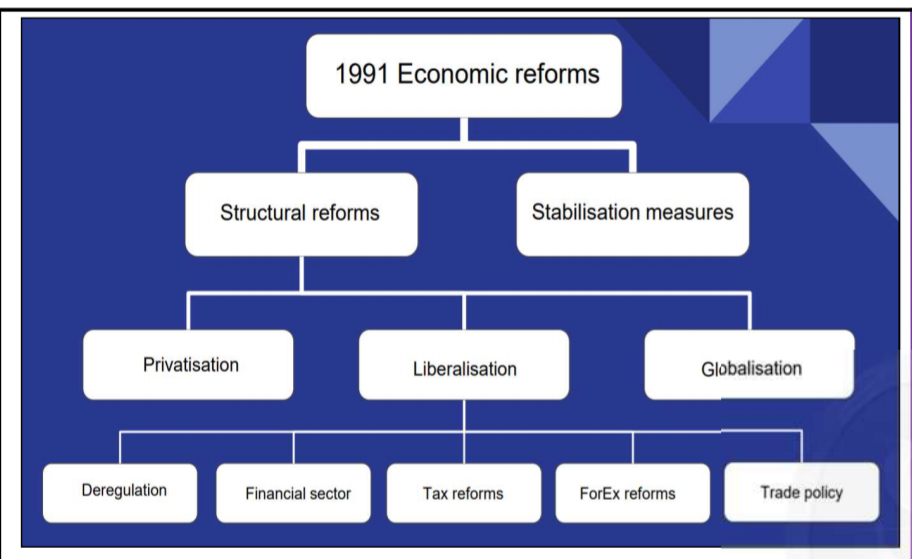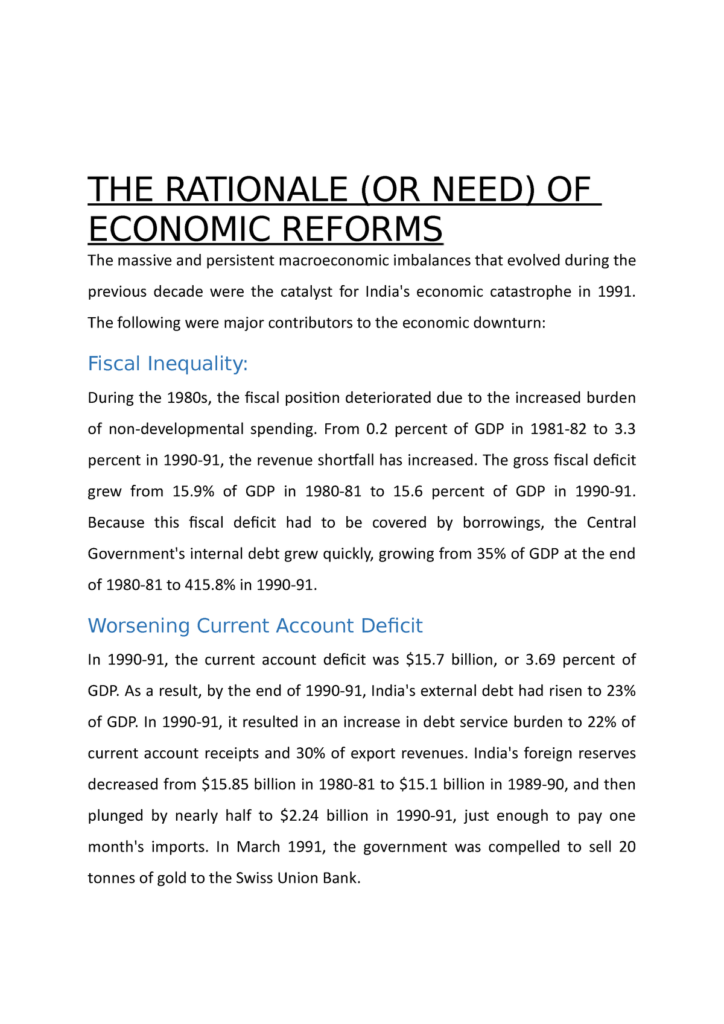Economic Crisis of the Early 1990s in India
In the early 1990s, India found itself at the crossroads of economic uncertainty, grappling with a crisis that would reshape its financial landscape. This tumultuous period marked a significant turning point, leading to a series of reforms that aimed to revitalize the economy. Let’s delve into the reasons behind the economic crisis that gripped the nation during this pivotal era.
Table of Contents
Balance of Payments Crisis:
One of the primary triggers of the economic turmoil in the early 1990s was the precarious state of India’s balance of payments. The country was experiencing a severe trade imbalance, with import bills surpassing export earnings. This created a substantial current account deficit, straining foreign exchange reserves and raising concerns about the nation’s ability to meet its international payment obligations.
External Debt Burden:
India’s external debt had reached alarming levels, becoming a significant factor exacerbating the economic crisis. The country found itself grappling with the repayment of hefty foreign loans, putting immense pressure on its financial resources. Servicing these debts became a daunting challenge, redirecting funds that could have been used for domestic development projects.
Inefficient Public Sector Enterprises:
The bloated and inefficient public sector enterprises in India were another contributing factor. State-owned industries, burdened by bureaucratic inefficiencies and mismanagement, were operating at suboptimal levels. This not only led to financial losses but also stifled economic growth, as these enterprises failed to contribute meaningfully to the overall productivity of the nation.

Trade and Industrial Policies:
India’s protectionist trade policies and restrictive industrial regulations also played a role in the economic crisis. The closed economy model hindered competition, stifling innovation and hindering the efficiency of domestic industries. As a result, the nation struggled to keep pace with the rapidly changing global economic landscape.
Fiscal Imbalance:
The fiscal imbalance, characterized by excessive government expenditure and a burgeoning fiscal deficit, was a significant challenge. The government’s inability to rein in spending and address structural issues in public finances strained the overall economic health. This, coupled with a lack of fiscal discipline, further fueled the economic downturn.
External Shocks:
The global economic scenario of the early 1990s presented challenges for India. External shocks, such as the Gulf War and subsequent spikes in oil prices, added to the country’s economic woes. These events had a cascading effect, impacting India’s trade dynamics and exacerbating the challenges posed by the balance of payments crisis.
Political Inertia:
Political indecision and a lack of consensus on economic reforms exacerbated the crisis. In the early 1990s, India experienced frequent changes in government, leading to policy paralysis. The absence of a cohesive and decisive approach to economic challenges hindered the timely implementation of reforms needed to steer the country out of the crisis.
In response to these multifaceted challenges, India undertook a series of landmark reforms, often referred to as the New Economic Policy. These reforms, initiated in 1991, included liberalization, privatization, and globalization measures. The goal was to dismantle the shackles of the old economic order and embrace a more dynamic and market-oriented approach.
The economic crisis of the early 1990s in India serves as a crucial chapter in the nation’s history, marking the beginning of a transformative journey towards economic liberalization. While the period was characterized by challenges, it laid the groundwork for a more resilient and globally integrated Indian economy. The lessons learned during those turbulent times continue to shape the country’s economic policies, fostering growth and adaptability in the face of future challenges.
Backdrop of the Crisis:
The economic crisis of the early 1990s was not a sudden storm but rather the culmination of years of policy decisions, geopolitical factors, and global economic shifts. India, following its independence in 1947, adopted a mixed economy approach, blending socialist principles with a regulated market. However, by the 1980s, this model began showing signs of strain.
Balance of Payments Crisis:
One of the pivotal factors triggering the economic downturn was a precarious balance of payments situation. India was grappling with a huge trade deficit, exacerbated by rising oil prices and a surge in imports. Foreign exchange reserves were depleting rapidly, putting immense pressure on the economy.
Policy Paralysis and Bureaucratic Hurdles:
The Indian economy was shackled by bureaucratic red tape and a web of regulations that stifled growth. The License Raj, a system requiring businesses to obtain licenses for various activities, had created a labyrinthine bureaucracy that hindered entrepreneurship and innovation. Policy paralysis was rampant, hindering the country’s ability to adapt to changing global economic dynamics.

External Shocks and Global Realities:
The global landscape was undergoing significant changes during this period. The end of the Cold War and the opening up of the global economy presented both opportunities and challenges. India was not immune to these changes, and the need to integrate with the global economy became increasingly evident.
Bold Reforms and Structural Adjustments:
Recognizing the urgency of the situation, the government, under Prime Minister P.V. Narasimha Rao and Finance Minister Dr. Manmohan Singh, initiated a series of bold economic reforms in 1991. These reforms aimed to liberalize the economy, dismantle the License Raj, and attract foreign investment. The introduction of New Economic Policy (NEP) marked a paradigm shift in India’s economic trajectory.
Impact of Reforms:
The reforms were met with skepticism and resistance, but their impact was transformative. Trade barriers were dismantled, industrial licensing was eased, and foreign direct investment (FDI) was welcomed. These measures set the stage for increased competition, efficiency, and a more dynamic economic landscape.
Challenges and Social Ramifications:
While the reforms brought about economic growth and modernization, they were not without challenges. The shift towards a market-oriented economy led to job losses in certain sectors, and income disparities widened. Social implications of these changes were profound, demanding a delicate balance between economic progress and social equity.
Lessons Learned and Future Implications:
The economic crisis of the early 1990s taught India crucial lessons about the need for flexibility, adaptability, and a proactive approach to economic challenges. The subsequent decades witnessed sustained economic growth, making India one of the world’s fastest-growing major economies.
Transformative Economic Reforms: India’s Journey Post Early 1990s Crisis
In the early 1990s, India found itself at a crossroads. The nation was grappling with an economic crisis that demanded a bold response. The turning point came in the form of comprehensive economic reforms that ushered in a new era of growth and development. Let’s take a closer look at the key changes and their impact on the Indian economy.

The Crisis:
The economic crisis of the early 1990s was characterized by high fiscal deficits, a depleting foreign exchange reserve, and a stagnating economy. The balance of payments situation was dire, and India had to mortgage its gold reserves to secure a loan from the International Monetary Fund (IMF). This crisis served as a wake-up call for policymakers, prompting them to rethink and revamp the economic framework.
Liberalization:
One of the cornerstones of the reforms was liberalization. The government, under Prime Minister Narasimha Rao and Finance Minister Manmohan Singh, dismantled the License Raj – a system that required businesses to obtain licenses for practically every aspect of their operations. This move unleashed the entrepreneurial spirit, paving the way for a surge in private investment and fostering competition.
Globalization:
Simultaneously, India embraced globalization by opening up its economy to foreign direct investment (FDI). This allowed international companies to invest in Indian industries, bringing in capital, technology, and expertise. The influx of multinational corporations not only injected vitality into various sectors but also exposed Indian businesses to global best practices.
Privatization:
The government’s decision to privatize state-owned enterprises was another crucial aspect of the reforms. This shift from public to private ownership aimed to enhance efficiency, reduce bureaucratic hurdles, and improve the overall performance of these enterprises. As a result, industries that were once weighed down by inefficiencies began to thrive under private management.
Impact on Growth:
The reforms of the early 1990s set the stage for robust economic growth. India’s GDP growth rate, which had been sluggish for decades, witnessed a remarkable upswing. Sectors such as information technology, telecommunications, and services flourished, becoming key contributors to the country’s economic expansion. The middle class expanded, creating a burgeoning consumer market.
Challenges:
However, the path to economic prosperity was not without challenges. The reforms brought about significant disparities, leaving certain sections of society marginalized. The agrarian sector faced difficulties in adapting to the new economic landscape, and concerns about income inequality surfaced. Policymakers had to navigate these challenges to ensure inclusive growth.

Looking Ahead:
As we reflect on India’s economic journey post the early 1990s crisis, it is evident that the reforms were a pivotal moment in the nation’s history. They transformed India from a predominantly closed economy to a global player, unleashing the potential for innovation and progress. Yet, the journey is ongoing, with new challenges and opportunities emerging.
In conclusion, the economic reforms of the early 1990s in India were a watershed moment, steering the nation towards a path of economic resilience and growth. The dismantling of restrictive policies, embrace of globalization, and privatization of key sectors laid the foundation for a more dynamic and competitive economy. As India continues to evolve, the lessons from these reforms remain invaluable, shaping the narrative of a nation on the rise.
In recent years, India has been on an inspiring journey of economic transformation, marked by a series of impactful reforms. These changes aim to create a more robust and inclusive economy, fostering growth and development for the nation. Let’s delve into some key aspects of India’s economic reforms and understand their implications.
Goods and Services Tax (GST): Simplifying the Tax Landscape
One of the landmark reforms in India has been the introduction of the Goods and Services Tax (GST). This unified tax system replaced a complex web of indirect taxes, streamlining the taxation process. The GST not only simplified compliance for businesses but also eliminated cascading taxes, promoting a more transparent and efficient tax structure. This has led to increased ease of doing business, making India an attractive destination for both domestic and foreign investors.
Demonetization: Tackling Corruption and Black Money
In 2016, the Indian government made a bold move by demonetizing high-denomination currency notes. While the short-term effects were felt with disruptions in daily life, the long-term goals were aimed at curbing corruption and unearthing black money. This initiative pushed the country toward a digital economy, promoting cashless transactions and enhancing transparency. The impact of demonetization, although debated, signaled the government’s commitment to combating economic challenges head-on.
Financial Inclusion: Empowering the Unbanked
Recognizing the importance of financial inclusion, the Indian government launched initiatives like the Pradhan Mantri Jan Dhan Yojana (PMJDY). This ambitious program aimed to bring the unbanked population into the formal banking system. By providing access to banking services, insurance, and pensions, these reforms empower individuals, especially in rural areas, fostering economic participation and creating a more inclusive financial landscape.
Make in India: Boosting Manufacturing Sector
The “Make in India” campaign was launched to promote domestic manufacturing and position India as a global manufacturing hub. By easing regulations and providing incentives for businesses, the government aimed to boost the manufacturing sector, creating jobs and reducing dependence on imports. This initiative not only encourages entrepreneurship but also strengthens India’s position in the global economic arena.

Liberalization of FDI Policies: Attracting Global Investments
To stimulate economic growth, India has undertaken significant liberalization of its Foreign Direct Investment (FDI) policies. Opening up various sectors to higher levels of FDI has attracted foreign investors, bringing in capital, technology, and expertise. This not only boosts economic growth but also fosters innovation and enhances competitiveness in the global market.
Digital India: Embracing the Digital Revolution
The Digital India initiative aims to harness the power of technology to transform governance and improve service delivery. By promoting digital literacy, expanding broadband connectivity, and encouraging e-governance, the government seeks to create a digitally empowered society. This not only enhances efficiency but also lays the foundation for a knowledge-based economy, fostering innovation and entrepreneurship.
In conclusion, India’s economic reforms are steering the nation toward a more dynamic and resilient future. The emphasis on simplifying taxation, promoting financial inclusion, and embracing technological advancements showcases a commitment to creating a business-friendly environment. As India continues on this transformative journey, the impact of these reforms is not only evident in economic indicators but also in the lives of its citizens, fostering a more inclusive and prosperous nation.